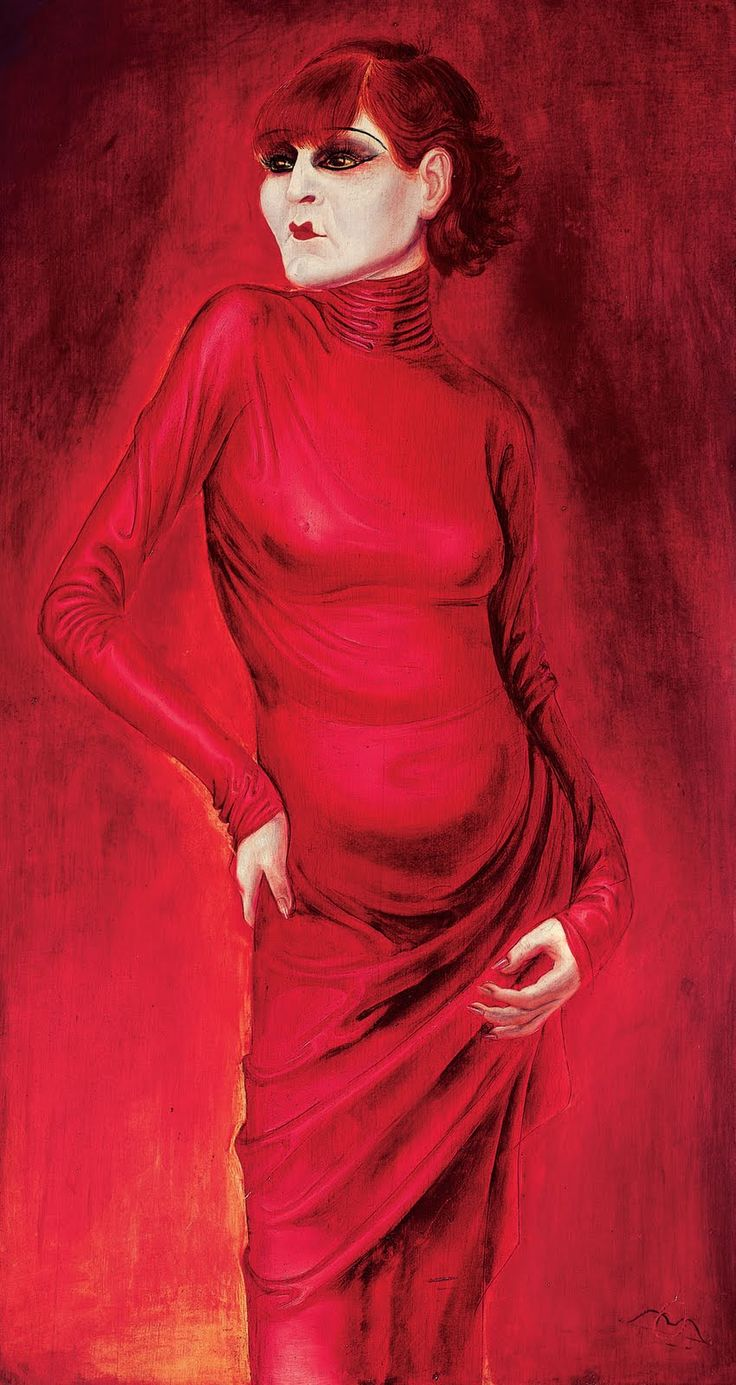When strongmen rulers appeal to the "moral majority", and claim to uphold traditional values against the onslaught of liberal decadence, they follow in the footsteps of rulers who have gone before them, not least Adolf Hitler.

The Nazi party was able to capitalise on popular revulsion towards the moral decadence of the Weimar period to present their alternative, which might have been seen as a return to the purity of traditional values. No doubt this was appealing to many. However, ultimately, at its core Nazism was not about the family, but about far more sinister values such as hatred for non-Germans (especially Jews, but not only) and expansionist ambitions.
The Christian church, regretably, has a long history of being "taken in" by, and supporting powerful rulers who appear to be on the side of "righteousness", but who, in reality, are only really interested in power and control, in the pursuit of which truth is relativised and human life expendable.

Comments
Post a Comment